SomhairliDh nó SomerleD?
SomhairliDh or SomerleD?
 Why does it matter? Because our view of our ancestors’ way of life, their cultural values, and their view of themselves is clear in our ancestors’ language, unclouded by the mistranslations & misinterpretations of 17th-20th century historians. It was common for later historians to intentionally change Clan Donald history to suit their own purposes (today we call it “cancel culture” and think it is something new & woke). Because of the Internet (if you get past the cyber bullying) we have amazing access to ancient Gaelic manuscripts, multiple translations, & Gaelic dictionaries not previously available to the public. The Internet allows everyone to take a new look at the originals and decide for themselves. But when you look at the original documents, such as Ronnie and Máire Black’s web site of the 1467 Gaelic manuscript, you may not recognize the name of our ancestor because it looks more like“yogle” than Somhhairle.
Why does it matter? Because our view of our ancestors’ way of life, their cultural values, and their view of themselves is clear in our ancestors’ language, unclouded by the mistranslations & misinterpretations of 17th-20th century historians. It was common for later historians to intentionally change Clan Donald history to suit their own purposes (today we call it “cancel culture” and think it is something new & woke). Because of the Internet (if you get past the cyber bullying) we have amazing access to ancient Gaelic manuscripts, multiple translations, & Gaelic dictionaries not previously available to the public. The Internet allows everyone to take a new look at the originals and decide for themselves. But when you look at the original documents, such as Ronnie and Máire Black’s web site of the 1467 Gaelic manuscript, you may not recognize the name of our ancestor because it looks more like“yogle” than Somhhairle.
The Original 12th Century Gàidhlig (Gaelic) Name
What looks like a “y” or an “r” with a long tail is the old Gaelic letter for an “s” sound. The “o with an up-side down ~ (tilde) over it” is rendered “omh” which has a long “o” with an almost silent breath sound after. Another example of the silent mh and bh sounds is the Gaelic rendering of Óláfr Guðrøðarson, the Norse king of Mann and the Isles written as Amhlaibh (pronounced Olav) in Gaelic. It is crucial that it be understood that the Gaelic “mh” consonant has no m sound. That was the first mistake by 17 &18th century translators.
The next symbol looks like a “4” with a cross on its tail. This indicates an “ar” sound, but when it has an “i” over it the sound becomes “air”. That was the second error by translators. In ancient Gaelic documents the words were not written upon a single line, as are the modern European writings. Ancient Gaelic, like Hebrew, had letters over and under other letters and glyphs such as a dot over a letter that changed the letter’s sound.
The name ends with “le” (sometimes spelled “lidh”) but either way is pronounced “lay” (again, no “d” sound). That is the third major error of 18th century translators (3 syllables with 3 errors = you’re out!). The Gaelic name as written in these 15th century documents was pronounced “So-airley or Sorley”, not Somerled.
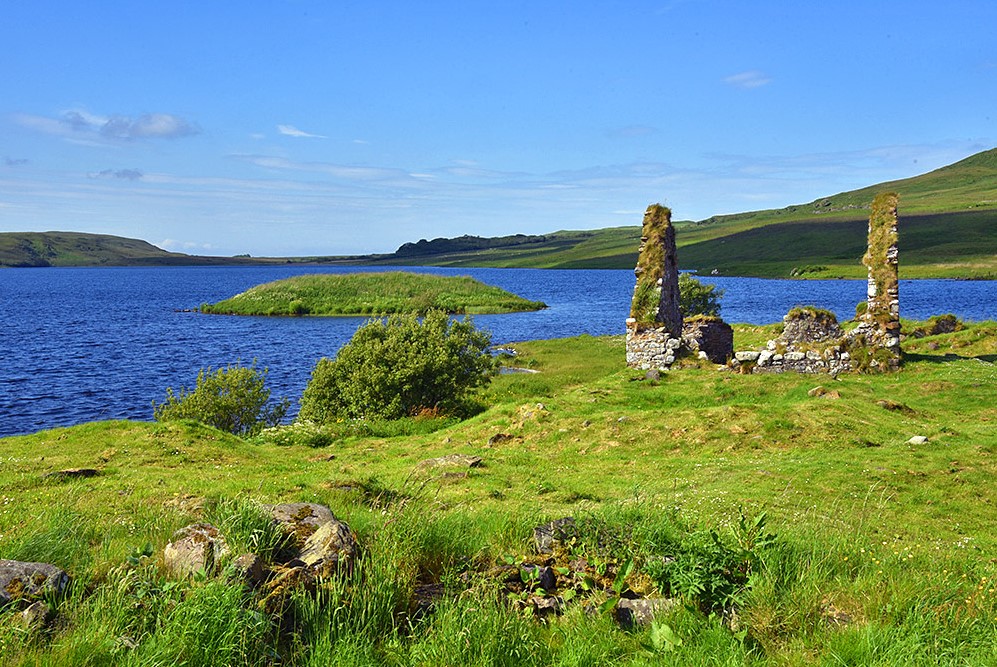 The Gaelic name for Finlaggan‘s “Council Island, in Gaelic “Comhairle nan Eilean“ (is universally pronounced coarlay) and is identical to Somhairle except for its first letter, but not one single historian has identified it as Norse Viking in origin or promoted an English pronunciation of “comerled” for the council isle! The Outer Hebrides, Finlaggan, Islay and Glencoe’s Loch Leven all have an isle designated the “comhairle nan eilean” (pronounced Coarley) which means island of council in Gaelic. The Counsel Isle was the seat of government in Gaelic culture, especially in the Kingdom of the Isles. Somhairlidh (pronounced Sorley) also had hundreds of descendants named after him, the most famous of which was Sorley Buidhe. So why has our ancestor become known as Somerled?
The Gaelic name for Finlaggan‘s “Council Island, in Gaelic “Comhairle nan Eilean“ (is universally pronounced coarlay) and is identical to Somhairle except for its first letter, but not one single historian has identified it as Norse Viking in origin or promoted an English pronunciation of “comerled” for the council isle! The Outer Hebrides, Finlaggan, Islay and Glencoe’s Loch Leven all have an isle designated the “comhairle nan eilean” (pronounced Coarley) which means island of council in Gaelic. The Counsel Isle was the seat of government in Gaelic culture, especially in the Kingdom of the Isles. Somhairlidh (pronounced Sorley) also had hundreds of descendants named after him, the most famous of which was Sorley Buidhe. So why has our ancestor become known as Somerled?
Dispelling MYTH #1 SomerleD is Just a Gaelic Version of an English or “Viking” Name
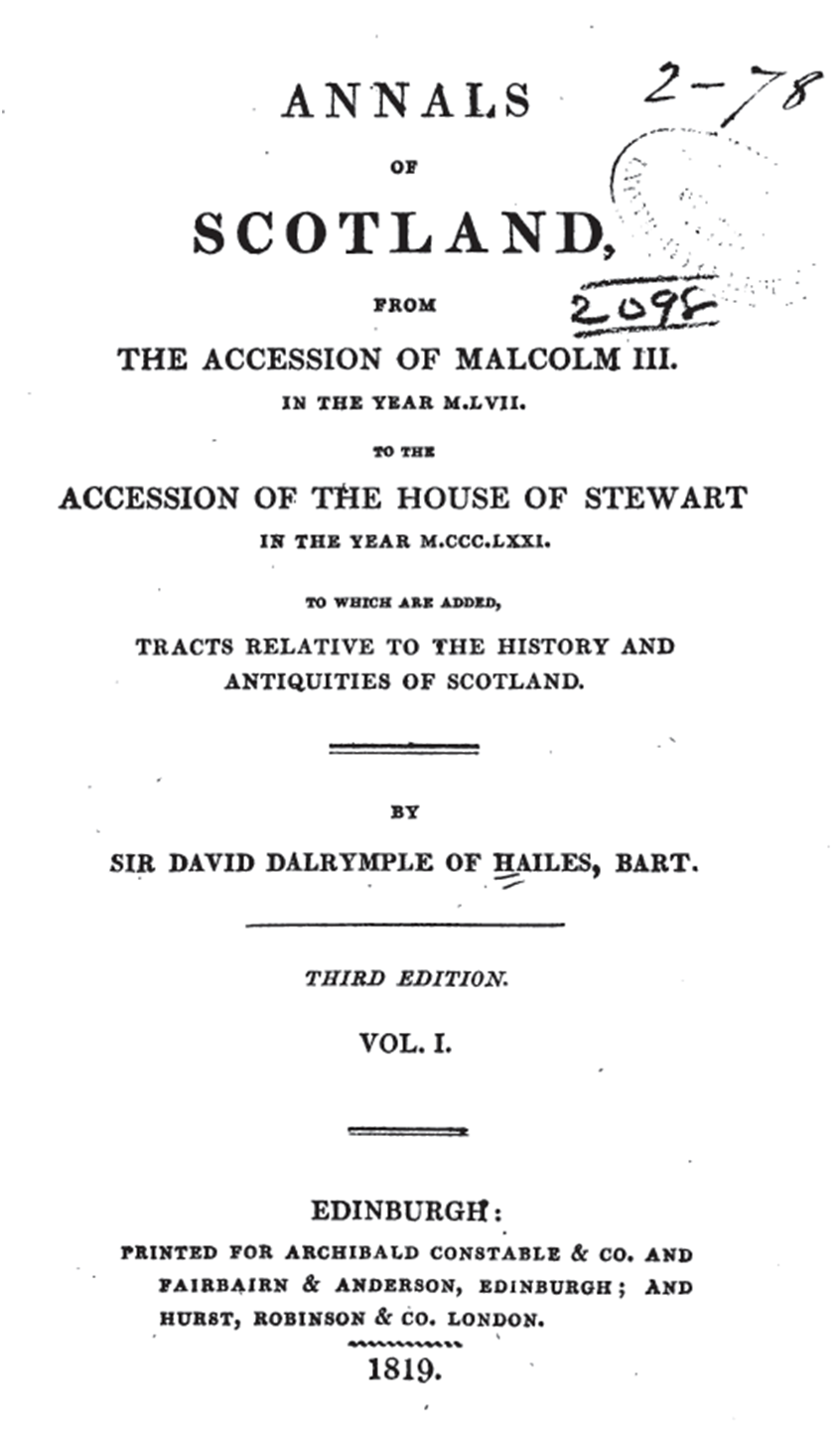 So why do so many claim Somerled is anything other than a Gaelic name? In 1776 Sir David Dalrymple of Hailes (whom Sir Walter Scot referred to as the “The Restorer of Scottish History”) began his “Annals of Scotland ” by following the example of previous Scottish histories written in Latin. Just as they did, he included only one line about Somerled on page 108. In 1819 he published “The Annals of Scotland Vol II ” that included additional information explaining the early 19th century thinking about Somerled on p.338. “The word Somerled, say a correspondent learned in the Gaelic language, is formed by a double translation and corruption from Samuel, which the Caledonians express by Somherle, from which the Latins formed Sumerledus, rendered by our modern critics Somerled. It seems that the error of our modern critics consists in writing Somerled instead of Somherle.” Even though this error in translation was noted by “The Restorer of Scottish History” in 1819 the same error has been repeated in virtually every modern history of the Highlands. This is an all too common example of the 19th century attitude that the Gaelic language was not of ancient origin, but merely a corruption of English, Norse , & Latin words spoken in Ireland & the Scottish Highlands. Many 19th century works actually referred to the Gaelic spoken in the Highlands as Irish. Modern Etymologists have established Gaelic (or Celtic) to be one of Europe’s oldest languages even predating Greek & Latin. The current thinking is that Gaelic far predates the Germanic languages including Nordic and Old English.
So why do so many claim Somerled is anything other than a Gaelic name? In 1776 Sir David Dalrymple of Hailes (whom Sir Walter Scot referred to as the “The Restorer of Scottish History”) began his “Annals of Scotland ” by following the example of previous Scottish histories written in Latin. Just as they did, he included only one line about Somerled on page 108. In 1819 he published “The Annals of Scotland Vol II ” that included additional information explaining the early 19th century thinking about Somerled on p.338. “The word Somerled, say a correspondent learned in the Gaelic language, is formed by a double translation and corruption from Samuel, which the Caledonians express by Somherle, from which the Latins formed Sumerledus, rendered by our modern critics Somerled. It seems that the error of our modern critics consists in writing Somerled instead of Somherle.” Even though this error in translation was noted by “The Restorer of Scottish History” in 1819 the same error has been repeated in virtually every modern history of the Highlands. This is an all too common example of the 19th century attitude that the Gaelic language was not of ancient origin, but merely a corruption of English, Norse , & Latin words spoken in Ireland & the Scottish Highlands. Many 19th century works actually referred to the Gaelic spoken in the Highlands as Irish. Modern Etymologists have established Gaelic (or Celtic) to be one of Europe’s oldest languages even predating Greek & Latin. The current thinking is that Gaelic far predates the Germanic languages including Nordic and Old English. 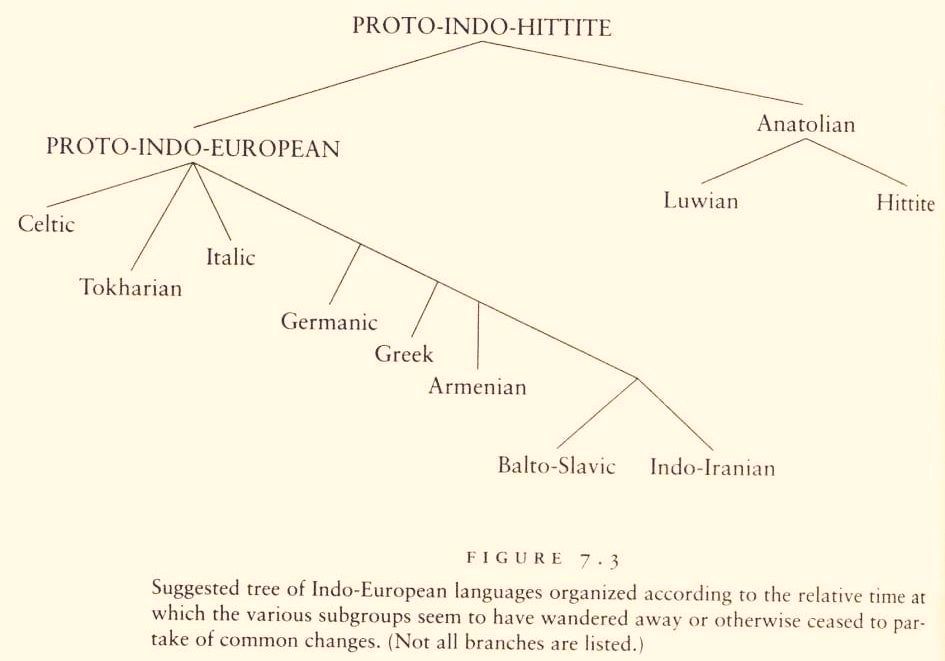 The recent discovery of 3,000 year old tartan clad Indo-European mummies has altered previous estimates of the age of Celtic culture. Like any ancient language, words from other languages have been incorporated into Gaelic as cultures collided. There are, in fact, many Gaelic sounds & words commonly used in English. The silent “gh” after a vowel is an example of Gaelic grammar incorporated into English . The English word right began as the Saxon (German) richt pronounced just as it was written in Olde English and Scots languages. The Gaelic twist changed the “ch” to a silent “gh” that has puzzled many a young English student. Somhairlidh, also spelled Somherle, has a silent “mh” because it is a Gaelic name. Somerled is not.
The recent discovery of 3,000 year old tartan clad Indo-European mummies has altered previous estimates of the age of Celtic culture. Like any ancient language, words from other languages have been incorporated into Gaelic as cultures collided. There are, in fact, many Gaelic sounds & words commonly used in English. The silent “gh” after a vowel is an example of Gaelic grammar incorporated into English . The English word right began as the Saxon (German) richt pronounced just as it was written in Olde English and Scots languages. The Gaelic twist changed the “ch” to a silent “gh” that has puzzled many a young English student. Somhairlidh, also spelled Somherle, has a silent “mh” because it is a Gaelic name. Somerled is not.
Dispelling MYTH #2 “How the Gaelic Say Samuel”
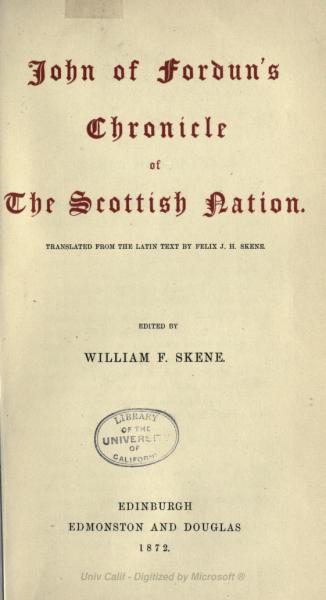 The assertion that Somherle is how the Gaelic say Samuel is totally erroneous. Samuel is the Latin (and Anglicized) form of the Hebrew name שְׁמוּאֵל (Shemu’ El). The 1801 Gaelic Bible (and all subsequent Gaelic Bibles) list the 1st & 2nd Books of Samuel as Ceud Leabhar Shamúéil & Dara Leabhar Shamúéil. In Gaelic they are pronounced “Samuel”. Samuel NOT Somherle! Samuel became a common name among British Puritans during the reformation (500 years after Somherle lived). Somherle or Somhairlidh is an ancient Gaelic name in which the “mh” is a silent breath sound. In Gaelic Somhairlidh is pronounced “Sorley”. Initially I will confess I used the “ò” (accent de gu) used in several English translations, but after further study of the original Gaelic documents I realized it was NOT an ò accent de gu, but an o with an upside down tilde (~) over it! I learned this is a Gaelic abbreviation for “mh”. Because the original spelling Somhairlidh ended with another silent consonant sound “dh”, it is common to see it spelled Somhairle and occasionally spelled Somuirle or Somherle. Those who speak both Gaelic and English frequently write the name as “Sorley“. Only someone unfamiliar with Gaelic pronunciation would equate Somherle (Sorley) with Samuel. They sound nothing alike, come from two different cultures, and the Gaelic Somherle predates the Puritan name by 500 years. Although the Samuel connection in this 1819 “Annals of Scotland” is baseless, the explanation that “the error of our modern critics consists in writing Somerled instead of Somherle” is a valid criticism of a mistranslation of the Gaelic name. A valid criticism that has been ignored for over 200 years.
The assertion that Somherle is how the Gaelic say Samuel is totally erroneous. Samuel is the Latin (and Anglicized) form of the Hebrew name שְׁמוּאֵל (Shemu’ El). The 1801 Gaelic Bible (and all subsequent Gaelic Bibles) list the 1st & 2nd Books of Samuel as Ceud Leabhar Shamúéil & Dara Leabhar Shamúéil. In Gaelic they are pronounced “Samuel”. Samuel NOT Somherle! Samuel became a common name among British Puritans during the reformation (500 years after Somherle lived). Somherle or Somhairlidh is an ancient Gaelic name in which the “mh” is a silent breath sound. In Gaelic Somhairlidh is pronounced “Sorley”. Initially I will confess I used the “ò” (accent de gu) used in several English translations, but after further study of the original Gaelic documents I realized it was NOT an ò accent de gu, but an o with an upside down tilde (~) over it! I learned this is a Gaelic abbreviation for “mh”. Because the original spelling Somhairlidh ended with another silent consonant sound “dh”, it is common to see it spelled Somhairle and occasionally spelled Somuirle or Somherle. Those who speak both Gaelic and English frequently write the name as “Sorley“. Only someone unfamiliar with Gaelic pronunciation would equate Somherle (Sorley) with Samuel. They sound nothing alike, come from two different cultures, and the Gaelic Somherle predates the Puritan name by 500 years. Although the Samuel connection in this 1819 “Annals of Scotland” is baseless, the explanation that “the error of our modern critics consists in writing Somerled instead of Somherle” is a valid criticism of a mistranslation of the Gaelic name. A valid criticism that has been ignored for over 200 years.
Dispelling MYTH #3 “SomerleD is a Norse or “Viking” Name”
Fifty four years later, the Rev. George Hill in his 1873 History of the “MacDonnells of Antrim” went into a detailed explanation in the footnote (that occupies more than 1/3 of page 7) that the name Somerled was comprised of two Norse words, Sumar and liði, denoting “Summer soldier” not even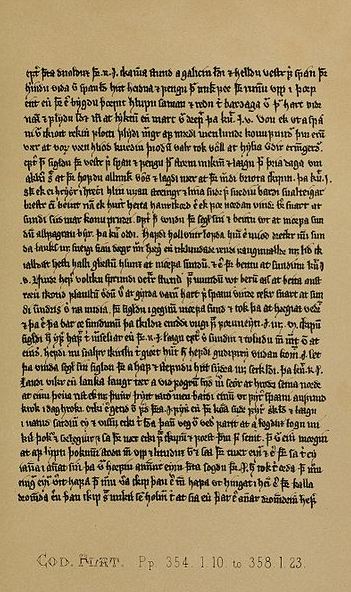 mentioning the original Gaelic name in a footnote. This break down of the name Somerled into two Norse words has been universally accepted and restated in almost every modern work that mentions the name Somerled. In the Norse language Sumar and liði do mean Summer soldier or sailor. This term is believed first used to refer to a bear that hibernates in the Winter and hunts through the Summer. Sumar liði was later used by the Norse to denote those who went “a viking” because, like a bear, they confined their raids to the Summer. In the Norse language “viking” was a verb rather than a noun as it is used in English. Unlike the name Samuel, Sumarliði is just as ancient as the Gaelic name Somherle or Somhairlidh. In fact there is one record of Somhairlidh’s Viking enemies referring to him in their Icelandic language as Sumarliði, but Gaelic records universally use Somherle or Somhairlidh.
mentioning the original Gaelic name in a footnote. This break down of the name Somerled into two Norse words has been universally accepted and restated in almost every modern work that mentions the name Somerled. In the Norse language Sumar and liði do mean Summer soldier or sailor. This term is believed first used to refer to a bear that hibernates in the Winter and hunts through the Summer. Sumar liði was later used by the Norse to denote those who went “a viking” because, like a bear, they confined their raids to the Summer. In the Norse language “viking” was a verb rather than a noun as it is used in English. Unlike the name Samuel, Sumarliði is just as ancient as the Gaelic name Somherle or Somhairlidh. In fact there is one record of Somhairlidh’s Viking enemies referring to him in their Icelandic language as Sumarliði, but Gaelic records universally use Somherle or Somhairlidh.
A similar misnaming persists with the Native American (incorrectly called “Indian”) leader “Tatanka Iyotake”. Most Americans would be confused if the literal translation “crouching buffalo” were used instead of “Sitting Bull“, as he was dubbed by “Buffalo Bill Cody” (whose real name was William Frederick Cody). Among the Dakota Sioux, their chief was known as “Tatanka Iyotake” a crouching buffalo is preparing to charge where a sitting bull is quite a different image! Bill Cody had actually taken Tatanka‘s name (Buffalo) for his “Wild West Show” so he dubbed Tatanka Iyotake “Sitting Bull” which has become his “English name” in history despite historians knowing better. The same culturally blind ego that causes our culture to continue saying “Indians” and “Sitting Bull” changed our ancestor’s name to “Somerled” and that remains what he is called today even among his own descendants. In his own contemporary culture he was never Somerled. In our ancestors time and culture he was Somherle also spelled Somhairlidh, either spelling is pronounced Sorley. Further information is available on How Somhairlidh became Somerled.